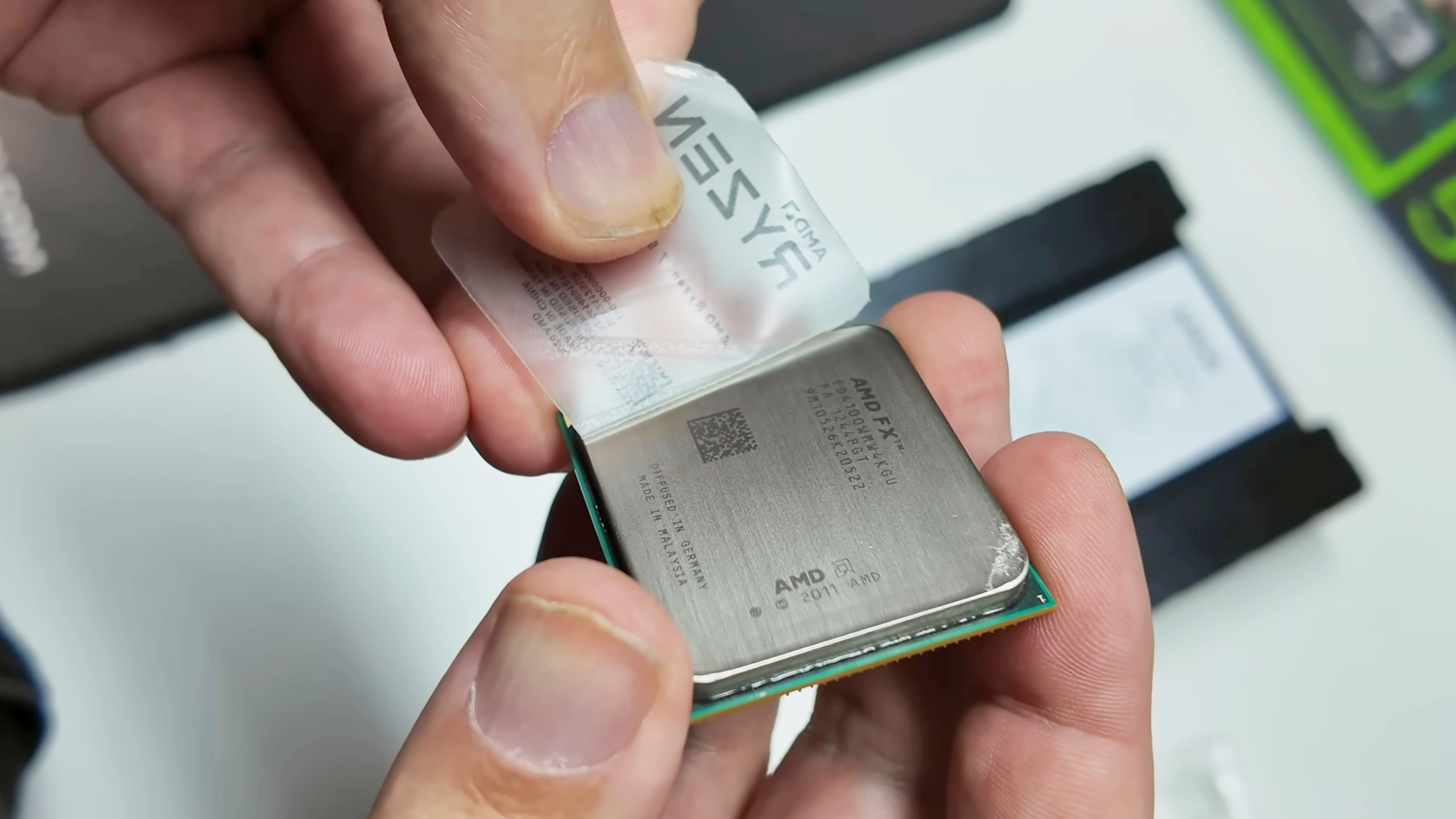
Esports is reportedly a 1.3 billion dollar industry, with thousands of teams competing across dozens of games in the space. But how exactly do those teams make money? Surely it’s profitable if so many people get involved?
Unfortunately, the real answer is that… It’s complicated. For example, in the fallout of the FTX bankruptcy, TSM released a statement saying that it was “stable and profitable.” But the very need for such a statement hints at a darker truth — most esports teams aren’t profitable. Even in 2021, a Bloomberg article revealed that 100T was not profitable, although it hoped to be in the future.
So how do esports teams make money? Below we’ve tried to get rid of some of the myths and explain how esports teams make money and whether they’re profitable.
Do esports teams make money from tournament prizes?
Yes, and no. On a smaller scale, teams will make money on tournament winnings. What’s more, in these situations, the players are often partially involved in the running and support of the team.
However, many larger teams do not always take a cut from players’ tournament earnings unless they meet a certain threshold. For instance, a player’s contract may have a clause that stipulates “earnings up to $10,000 will be kept by the player.” Instead, teams will rely on payments from tournaments, leagues, and developers. So ultimately, it’s entirely down to a player’s contract.
It also depends on the game and tournament. For TI4, for example, it’s public knowledge that Valve paid the winning amount to the Newbee (the winning team), and the team took around a 10% cut before distributing the rest to the players. In this situation, the team took home around $350,000 USD, and each of the five players received $630,000 USD.
What’s more, tournament earnings are a fractional amount of money compared to what’s needed to run any business, let alone an esports team. Making several thousand dollars an event is just not practical, so teams rely on other sources of revenue.
Do esports teams make money from streaming?
(Image via Twitch)
One increasingly incorrect assumption is that esports teams profit from streaming, broadcasting rights, and YouTube. In the early days of esports, it’s true that many teams made substantial money from streaming, particularly on Twitch and its precursor JustinTV.
Notoriously, Counter Logic Gaming made huge amounts of money in the early days of streaming, initially on Twitch, then through exclusive deals with Own3d, and later, Azubu. At that time, there were incentives per 1000 viewers, larger payouts for ads, and estimated payments were in the tens of thousands per month. Of course, this is on top of initial incentives for signing exclusivity deals.
Teams would also have set amounts of hours that were contractually obliged, and players had to stream those hours, often getting a much smaller cut of the streaming revenue than in modern contracts. This was one of the main ways teams made money from early 2010 to around 2016.
However, the current streaming rates are far lower on YouTube and Twitch. For YouTube channels, the current ad rates mean that only a few teams can put out content that even covers their editing and production costs. Moreover, player contracts increasingly do not include minimum streaming amounts or give more significant portions of stream revenue to the players. The primary benefit of streaming now isn’t from the streaming services but from sponsors, who will pay to get their products in front of viewers.
In fact, the majority of esports teams’ primary source of income and financial support is sponsorships, merchandising, investment, and payments from developers and leagues.
Sponsorship
(Image via Razer)
Sponsors are one of the most significant ways teams will earn money. Sponsors will pay teams thousands of dollars in order for their products to get put in front of millions of esports fans globally. As a result, teams have deals with computer peripheral makers, gaming products, lifestyle brands, websites, apps, online services, and more.
Terms of sponsorship usually include product exclusivity, logos on uniforms, streams, social media, websites, and other elements. These might also contain affiliate deals, where teams receive a portion of any sale using the team’s affiliate code or link. Or a full sponsorship that will include financial support and products. Razer is just one prominent company to do sponsorships like this.
However, while endemic gaming sponsors have been the majority, as esports grows, sponsors from outside the space are increasingly interested in sponsorship. BMW, Red Bull, and Gucci are all major blue-chip brands that have made dramatic moves within esports. Red Bull especially has a significant dedication to esports through its huge marketing spend that sees it sponsor leagues, teams, and tournaments.
For many, sponsorship deals are the most significant single point of team financing and revenue. Although sponsorship is also a very fragile form of income, as it is usually up for review after set contract periods. Sponsorship can often be withdrawn in the case of dramatic issues with the team, and many clauses exist in most sponsorship deals. Sponsorships are essential for esports teams, but can be dangerous to rely on. For example, take how quickly G2 Esports moved to remove its CEO in the wake of the controversy surrounding tweets with Andrew Tate. The risk to sponsor money was just too high.
Merchandising
(Image via Valve)
This brings us to a lower-yield but more secure form of revenue earning for esports: Merchandise. Teams can produce and sell their merchandise. Sales directly or through distributors are a great earner for teams.
In some cases, teams will have the production and distribution of merchandise in-house. This means taking on the risk and cost of producing merchandise. However, they’ll also reap the most potential profits.
In other cases, teams will make deals with esports merchandise sellers, such as WeAreNations, or ESL, who sell merchandise at events and tournaments and online. In those cases, the merchandise seller takes over the production costs and distribution. This usually means less overall profits but less risk and less investment. For many medium-sized and even larger teams, this method is preferable. The teams may also have deals where they will receive a portion of the inventory from these distributors to sell and distribute through their own online stores.
Overall, merchandise is an extensive and somewhat reliable way of making money in esports. Merchandise sales, however, often rely on teams and distributors having a presence at events, where huge spikes in merchandise sales occur.
Investment
(Image via TSM)
Direct investment is one of the major ways modern esports teams make money. Unfortunately, an all too common issue with modern esports teams, and all esports organizations to a certain extent, is relying on borrowed capital, or initial investment, and then gambling on acquisition or investment from angel investors further down the line.
Sometimes this comes from conventional sports teams. This is the case of AS Monaco, who partnered with Gambit Esports, Paris Saint-Germain, who operate agreements with both LGD Gaming and Talon Esports, and Wolves, who are partnered with Evil Geniuses. In many cases, the sports team will take on the esports organization as part of their marketing spend, seeing it as a way of associating their team with something new and growing in popularity.
The goal is ultimately to generate a new generation of fans for their organization. In addition, many sports teams now see themselves as more than an organization just for one chosen sport, but have shifted towards becoming global entertainment and brands that transcend sports. Esports investment is one aspect of this shift.
In other cases, large-scale investment firms and groups will invest in esports, seeing its rapid growth, and wanting to cash in on the expanding industry. In general, these investment companies will want to see the esports teams turn into a profitable endeavor and will bring their experience to bear in doing so. However, this can be a double-edged sword.
Developers and leagues
(Image via Respawn)
Another way teams will make money is by directly being paid by developers and leagues. Leagues and tournaments will often make significant payments to teams in order for them to join their tournaments. Tournaments can make these payments as they will hold exclusive rights over the broadcast and distribution of these tournaments. This includes in-person ticket sales, and often, as in the case with an organization like ESL, merchandise sales on site as well.
In other cases, teams will enter revenue-sharing agreements with developers and leagues. Take the LCS for example: Teams have a revenue-sharing partnership with Riot Games, where league-based revenues, including media deals, team-branded digital goods, sponsorships, and merchandise sales are shared among the teams and Riot. In return, a portion of revenue from merchandise, and other sales, are paid back into the league by the teams. These deals also often guarantee salaries for players, cutting a cost for teams.
In CS: GO, the Louvre Agreement cemented many teams as stakeholders in the league, giving them a long-term slot in return. This also included revenue shares and other boons. These agreements are often some of the most consistently lucrative, as they all but assure that teams will be able to make money from their other revenue streams, such as merchandising and sponsorship.
Other ways teams make money in esports
Secondary Businesses
Smaller-scale teams can often make money, or share some of the financial burden of owning an esports team by owning secondary businesses. For example, organizations such as Reality Rift in Dota 2, and GMT in Apex, were PC and gaming cafes first, and esports organizations next. Having revenue streams other than your esports team, or treating an esports team as a marketing expense, is a good way to support the team without taking on as substantial a risk.
Crypto and NFTs
Crypto and NFTs exploded in popularity between 2020 and 2022, and esports teams quickly jumped on the bandwagon. However, now with some high-profile fallouts from the investment and the prestige hit many teams took from either selling Crypto or NFTs to their fanbase, many are taking their foot off the gas tank. At the moment, it seems like these were fads that hopefully teams were able to make some money off of before the markets crashed.
Is esports profitable?
(Image via Valve)
Overall, esports is a very difficult industry to be profitable in. Even the largest organizations struggle with profitability. But with a lot of careful planning and execution, it is manageable and sustainable. However, the issue is that for investors and venture capitalists that would look to invest in teams, constant growth and record profits are not guaranteed. You can’t expect year-on-year profits in an industry that works on hugely variable costs with massive overheads.
For many, then, esports teams must be seen as a marketing exercise. Something that can sustain itself and grow over time but not bring in the huge profits that might be expected from a billion-dollar industry.






